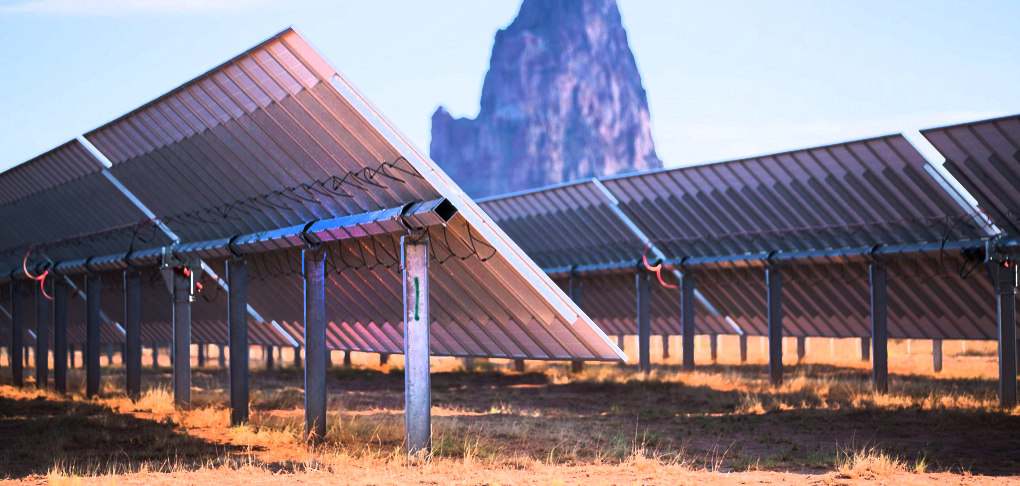
/Photo: Salt River Project
By Ryan Randazzo | Arizona Republic
Environmentalists who have pushed for the closure of the Navajo Generating Station contend that the vast tracts of high, windswept desert on the Navajo and Hopi lands should be used to develop renewable energy.
But there’s little of that happening.
The Navajo Nation has built two approximately 30-megawatt solar plants near Kayenta; a third is in the works in Utah. One megawatt is about enough power to serve 250 homes when sun is shining on the plants.
The Navajo Generating Station coal plant, by contrast, could generate 2,250 megawatts when all three units were operating, enough power for more than a half-million customers.
Years of planning for a wind farm on the largest reservation in the U.S. have yet to yield a project.











